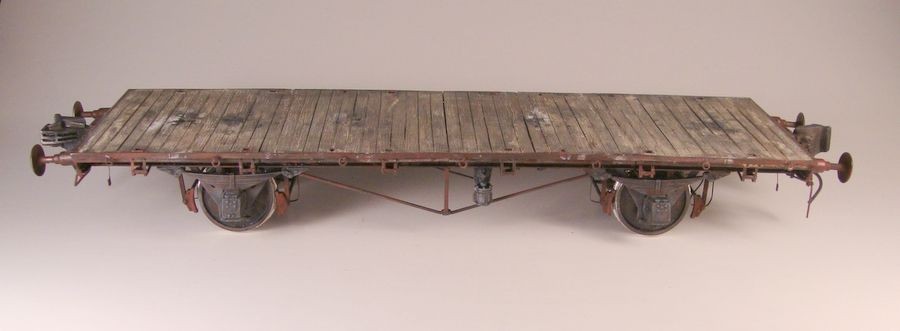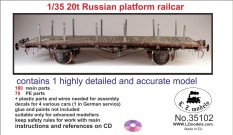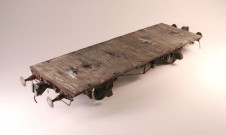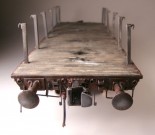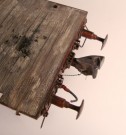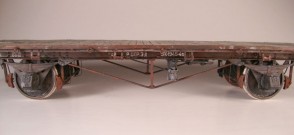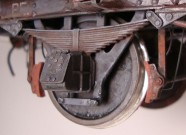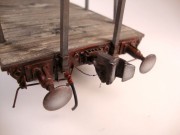1/35 Russian 20t platform railcar
1/35 Russian 20t platform railcar
highly detailed and accurate model
180 resin parts
70 PE parts
+ plastic parts and wires needed for assembly
decals for 4 various cars (1 in German service)
assembly instructions on CD and download here: click
During WWII these cars were used widely in military service by Russian Army and captured ones later by Germans. The Wermacht, on their progress East, changed the Russian gauge 1520mm for their own ( and usual in most Europe countries) 1435mm. Captured cars got narrower bogies to be used on new rails, and later on, when Germans were withdrawing, the Russians used these changed cars as well.
Model fits to any 1/35 rail sections available at the market
